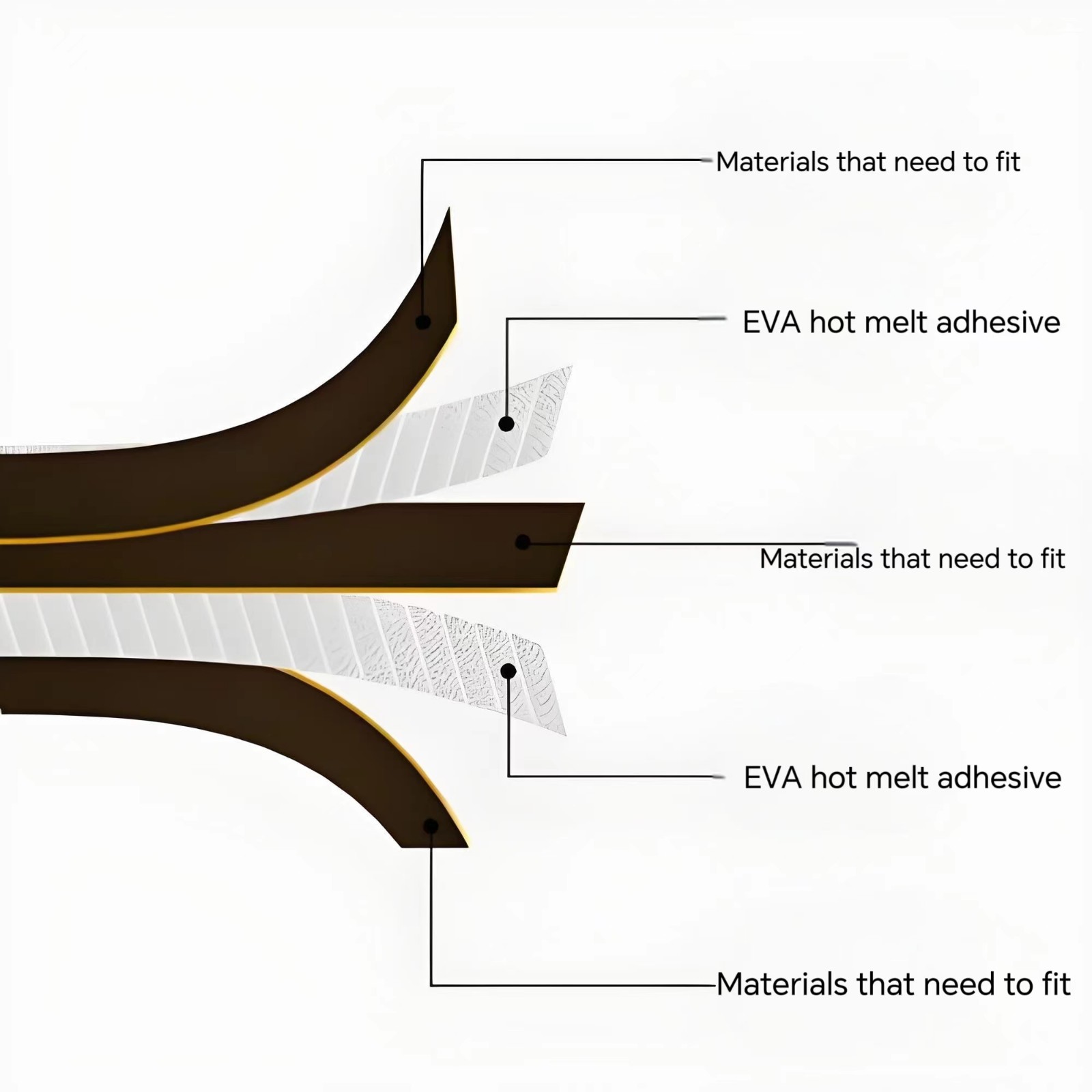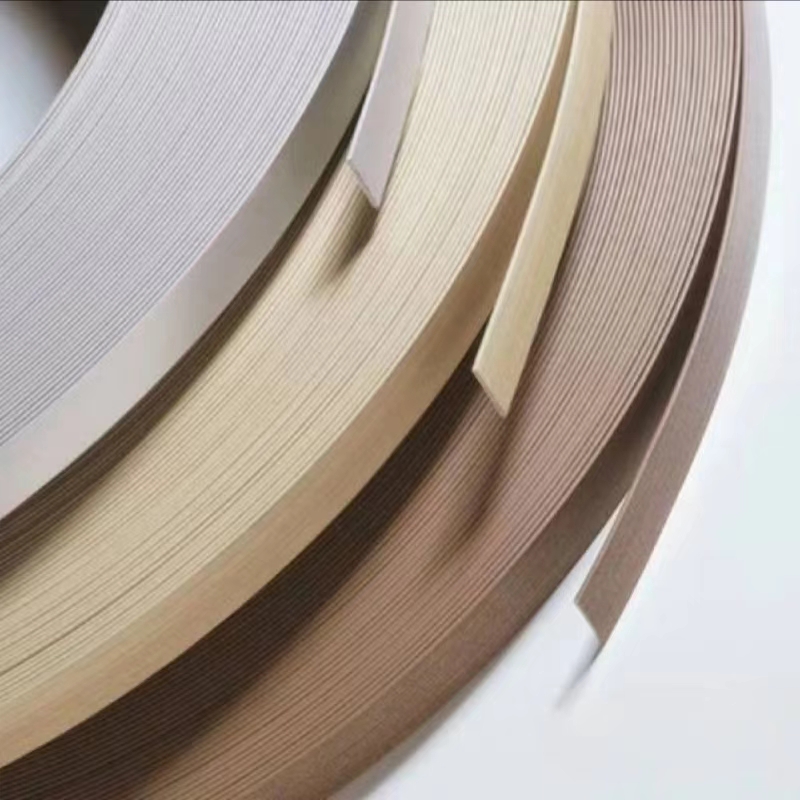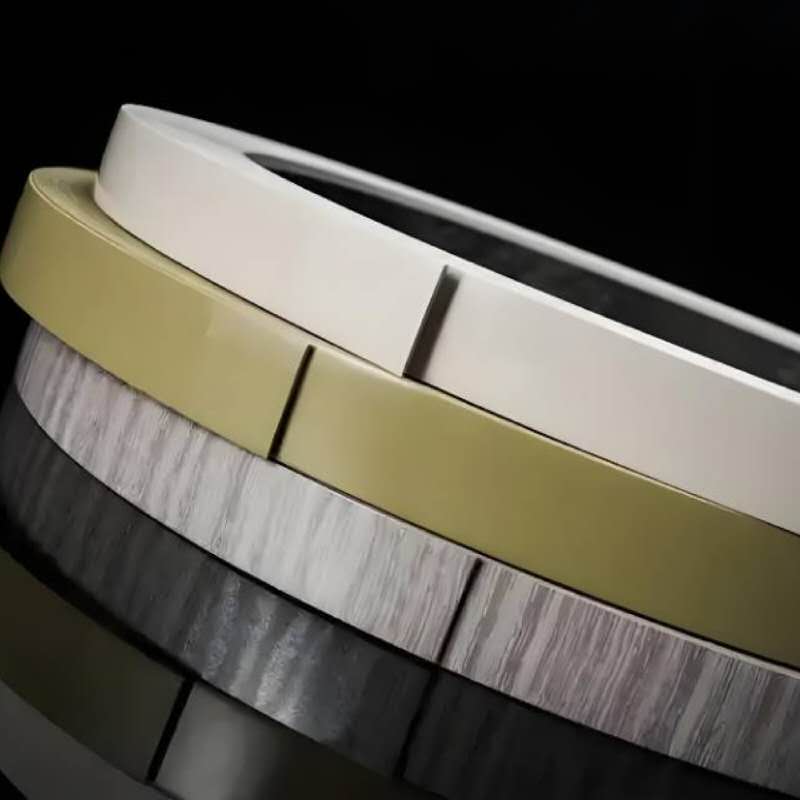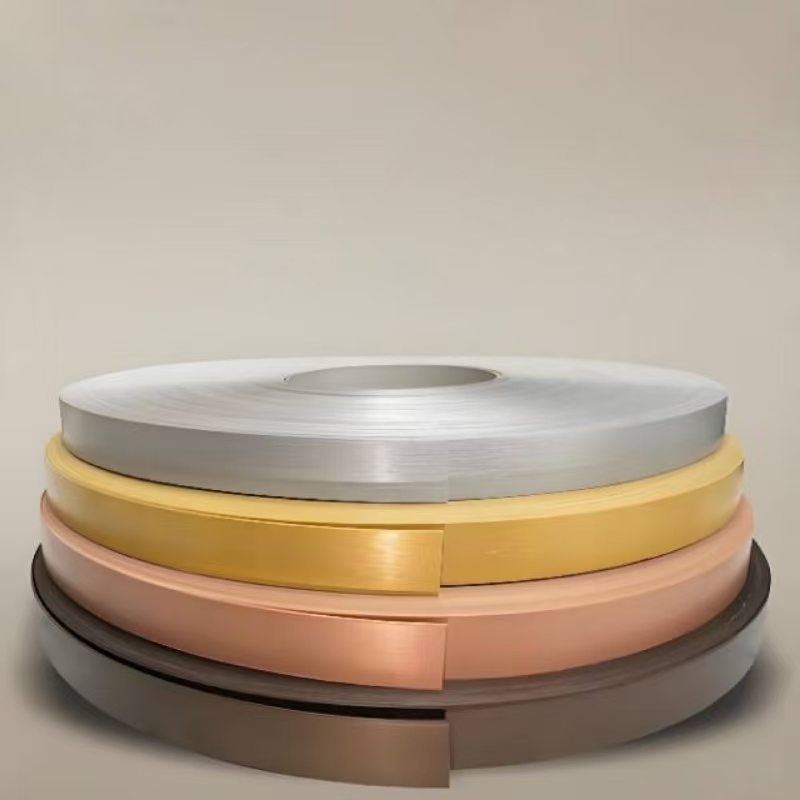Hot melt glue, due to its wide application and strong adhesion, has always been a commonly used adhesive material in many fields. From home repairs to industrial production, hot melt glue has been widely used due to its high efficiency, speed and environmental protection. However, due to its high adhesion strength and rapid curing, when hot melt glue accidentally overflows during use or accidentally adheres to the surface that should not be bonded, removing hot melt adhesive glue becomes a complicated task.
So, can hot melt glue be removed? If so, what appropriate methods should be taken? This article will conduct a comprehensive discussion on this issue, and analyze in detail the removal methods, precautions and special techniques for removing hot melt glue from different material surfaces.

What is hot melt glue?
Hot melt glue is an adhesive that is melted by heating and applied to the surface of an object. It solidifies after cooling to form a strong bond. Hot melt glue is usually composed of synthetic resins, waxes, plasticizers, etc., and has good adhesion, thermoplasticity and chemical stability. It can be cured in a relatively short time, so it has been widely used in many fields such as rapid production, packaging, and assembly.
Main features of hot melt adhesive glue:
● Fast curing: hot melt adhesive glue can usually be cured in just a few seconds to a few minutes, which greatly improves work efficiency.
● Solvent-free: Unlike traditional solvent-based glue, hot melt adhesive glue has no solvent components, so it is more environmentally friendly.
● Wide applicability: hot melt glue can be used for bonding various materials such as paper, plastic, metal, cloth, wood, etc.
● High bonding strength: hot melt adhesive glue has strong bonding strength and can withstand certain external impact.
However, despite the above advantages of hot melt adhesive glue, its strong bonding ability also makes it very difficult to remove in some cases of accidental spillage or application errors.
Can hot melt glue be removed?
As a glue that adheres after heating and melting, hot melt adhesive glue has a strong bonding force after curing, which may lead to certain difficulties in the removal process. Fortunately, hot melt glue can be removed. The key is to use the appropriate removal method. The method of removing hot melt glue is often related to its cured state, the surface it is attached to, and the tools or chemicals used.
Curing characteristics of hot melt glue
The curing process of hot melt glue is usually divided into three stages:
● Initial cooling and curing: When hot melt adhesive glue is just applied to the surface, it is still in a liquid or semi-liquid state and has good fluidity and adhesion.
● Mid-term curing: As the temperature gradually decreases, the adhesion of hot melt adhesive glue gradually increases and begins to form a strong bond.
● Complete curing: When hot melt glue is completely cooled, its adhesion reaches its strongest and it hardly deforms after curing.
Therefore, the difficulty of removing hot melt glue is closely related to the time and degree of curing. For fresh hot melt glue that has not been fully cured, it is relatively easy to remove; while for hot melt glue that has been fully cured, more skills and methods are required to remove it.

What are the methods for removing hot melt glue?
The methods for removing hot melt adhesive glue vary depending on the situation and can usually be divided into mechanical removal, chemical removal and heat treatment. Different removal methods are suitable for different surfaces and application scenarios. Before implementing any method, you must first determine the degree of curing of the hot melt glue, the surface it is attached to, and the potential risk of damage during the removal process.
Mechanical Removal
Mechanical removal is the most direct way to remove hot melt glue, which is suitable for most hard surfaces. The specific methods are as follows:
● Use a scraper or blade: For cured hot melt adhesive glue, you can use a scraper, blade or plastic scraper to gently scrape it off. This method is suitable for hard surfaces such as metal, glass or tile. During the scraping process, you should avoid excessive force to avoid scratching the surface.
● Use sandpaper: For hard surfaces, especially metal, plastic and other materials, you can use fine sandpaper to gently polish the surface of hot melt glue. This method is suitable for removing thinner layers of hot melt adhesive glue on the surface, but you need to be careful not to scratch the surface.
Heat treatment method
The heat treatment method softens the hot melt glue by heating it, restoring it to a more fluid state, making it easier to remove. Common heat treatment methods are as follows:
● Use a hair dryer: Use a hair dryer to heat the hot melt adhesive glue to soften its surface and make it easier to remove. Set the hair dryer to low or medium temperature and blow gently on the surface of the hot melt glue. After the glue softens, use a scraper or cloth to gently wipe off the softened glue layer. This method is suitable for removing hot melt glue from a larger area without damaging the surface.
● Use a heat gun: A heat gun is more targeted and powerful than a hair dryer. It can provide higher temperatures and quickly heat the hot melt glue. Aim the heat gun at the glue location and use a scraper to gently remove it after it softens. This method is suitable for harder or thicker hot melt adhesive glue, but it needs to be operated carefully to avoid excessive heat from damaging the surrounding surface.
Chemical removal method
Chemical removal method uses solvents or chemicals to dissolve hot melt glue or destroy its adhesion. This method is very effective for some surfaces, especially when mechanical and thermal treatment methods cannot completely remove it. Common chemical removal methods include:
● Use vinegar or lemon juice: The acidic components in vinegar or lemon juice can dissolve the components of hot melt adhesive glue to a certain extent. Apply vinegar or lemon juice to the hot melt glue, wait for a few minutes, and then gently scrape off the glue layer with a scraper. This method is suitable for applications that do not have too high requirements on the surface and has less impact on the environment.
● Use commercial solvents: There are solvents on the market that are specifically used to remove hot melt adhesive glue, such as adhesive removers, acetone, turpentine, etc. These solvents can effectively dissolve hot melt adhesive glue, but special attention should be paid to their effects on surface materials when using them. For example, acetone may have a dissolving effect on some plastic surfaces, so when using it, it is necessary to test a small area first to ensure that it will not damage the surface.
Freezing method
The freezing method uses low temperatures to make hot melt glue brittle, making it easy to break and break away from the attached surface. The freezing method is suitable for some sensitive material surfaces, such as cloth or leather. You can put the items containing hot melt glue in the refrigerator and freeze them for several hours. After the glue becomes brittle, use a scraper to gently scrape it off.

What should I pay attention to when removing hot melt glue?
When removing hot melt adhesive glue, you must pay attention to the following aspects to ensure safe operation and no damage to the surface of the object:
Choose the right tools and methods
Different surface materials require different removal methods. For example, hard surfaces (such as metal and glass) are suitable for removal with scrapers or sandpaper, while soft surfaces (such as cloth and leather) require freezing or chemical solvents. Choosing the right tools and methods can avoid damage to the surface of the object.
Pay attention to surface protection
When removing hot melt adhesive glue, make sure that the surrounding surface is not damaged. For some delicate surfaces, you can first test on a small area to ensure that the method used will not have an adverse effect on the surface.
Wear protective equipment
When using chemical solvents, wear protective equipment such as gloves and goggles to avoid contact between chemicals and skin or eyes. In addition, operate in a well-ventilated environment to avoid inhaling harmful gases.
Avoid overheating
If you use a heat gun or hair dryer to heat hot melt glue, be careful to avoid overheating, which may cause the material to deform or burn.
Although hot melt glue has strong adhesion, it can be removed. Choosing the right removal method can effectively remove hot melt adhesive glue and protect the surface of the object. Common methods for removing hot melt adhesive glue include mechanical removal, heat treatment, chemical removal, and freezing. When implementing the removal, make sure to take appropriate precautions to avoid damage to the surface of the object.

How to Find a Reliable Hot Melt Glue Manufacturer in China?
Finding a trustworthy hot melt glue supplier is crucial for businesses that require consistent quality and competitive pricing. Tingjie is a leading manufacturer in China, specializing in industrial hot melt adhesives for cabinetry, woodworking, and furniture manufacturing. Our advanced production facility ensures an annual output of 10,000 tons, meeting high global demand. With a focus on wholesale pricing, customized solutions, and fast international delivery, we cater to businesses in Europe, the Middle East, and Southeast Asia. Looking for bulk supply at low prices? Contact Tingjie for a detailed quote and explore our latest sales promotions!




